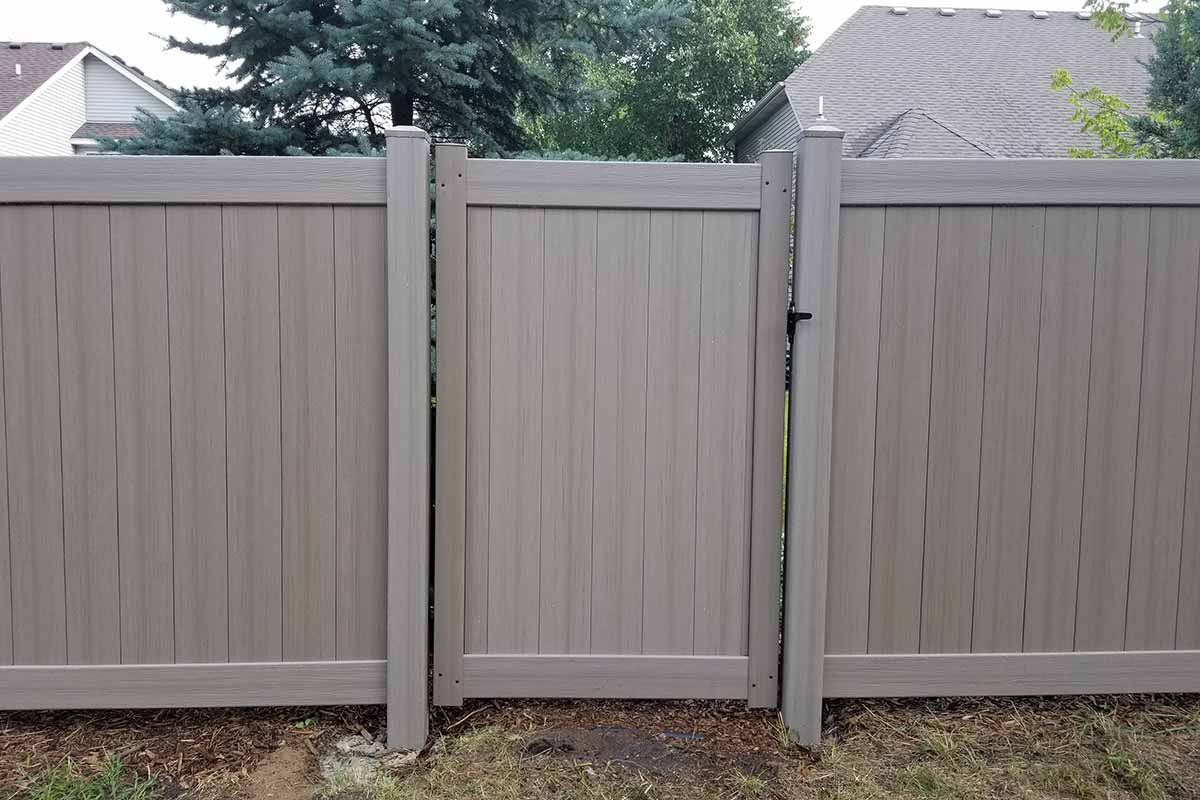University of Illinois Engineers Use Frontera to Predict 3D Printing Processes
July 1, 2021 — Additive manufacturing has the likely to let a single to create components or solutions on demand in producing, automotive engineering, and even in outer house. Nonetheless, it is a challenge to know in progress how a 3D printed item will perform, now and in the potential.
Actual physical experiments — particularly for metallic additive production (AM) — are gradual and costly. Even modeling these methods computationally is high priced and time-consuming.
 “The problem is multi-period and includes gasoline, liquids, solids, and phase transitions in between them,” claimed University of Illinois Ph.D. university student Qiming Zhu. “Additive production also has a large selection of spatial and temporal scales. This has led to massive gaps involving the physics that takes place on the compact scale and the serious products.”
“The problem is multi-period and includes gasoline, liquids, solids, and phase transitions in between them,” claimed University of Illinois Ph.D. university student Qiming Zhu. “Additive production also has a large selection of spatial and temporal scales. This has led to massive gaps involving the physics that takes place on the compact scale and the serious products.”
Zhu, Zeliang Liu (a software package engineer at Apple), and Jinhui Yan (professor of Civil and Environmental Engineering at the College of Illinois), are attempting to tackle these challenges applying machine mastering. They are working with deep discovering and neural networks to predict the results of elaborate procedures concerned in additive manufacturing.
“We want to set up the partnership involving processing, construction, attributes, and effectiveness,” Zhu claimed.
Existing neural network versions will need substantial quantities of information for coaching. But in the additive producing area, acquiring substantial-fidelity details is challenging, in accordance to Zhu. To lessen the will need for data, Zhu and Yan are pursuing ‘physics informed neural networking,’ or PINN.
yıldırım escort
“By incorporating conservation legislation, expressed as partial differential equations, we can lessen the quantity of knowledge we want for instruction and progress the capacity of our existing products,” he reported.

Working with the Countrywide Science Foundation-supported Frontera and Stampede2 supercomputers at the Texas Advanced Computing Centre (the #10 and #36 fastest in the entire world, as of June 2021), Zhu and Yan simulated the dynamics of two benchmark experiments: an illustration of 1D solidification, when stable and liquid metals interact and an case in point of laser beam melting checks taken from the 2018 NIST Additive Manufacturing Benchmark Exam Sequence.
In the 1D solidification situation, they input info from experiments into their neural community. In the laser beam melting checks, they applied experimental details as effectively as success from pc simulations. They also designed a ‘hard’ enforcement technique for boundary ailments, which, they say, is similarly vital in the challenge-fixing.
The team’s neural community design was in a position to recreate the dynamics of the two experiments. In the case of the NIST Problem, it predicted the temperature and soften pool size of the experiment within 10% of the actual benefits. They educated the design on information from 1.2 to 1.5 microseconds and made predictions at even more time actions up to 2. microseconds.
The crew revealed their benefits in Computational Mechanics in January 2021.
bahçelievler escort
“This is the 1st time that neural networks have been used to metallic additive producing procedure modeling,” Zhu explained. “We showed that physics-knowledgeable equipment studying, as a fantastic platform to seamlessly include information and physics, has major potential in the additive manufacturing subject.”

Zhu sees engineers in the foreseeable future working with neural networks as rapidly prediction tools to deliver steerage on the parameter variety for the additive manufacturing system — for instance, the pace of the laser or the temperature distribution — and to map the associations involving additive producing course of action parameters and the qualities of the remaining products, these as its floor roughness.
“If your client demands a unique property, then you’ll know what you should use for your manufacturing procedure parameters,” Zhu stated.
In a independent paper in Computational Solutions in Applied Mechanics and Engineering revealed on the web in Could 2021, Zhu and Yan proposed a modification of the existing finite aspect process framework utilised in additive production to see if their technique could get far better predictions in excess of current benchmarks.
Mirroring a recent additive producing experiment from Argonne Nationwide Lab involving a transferring laser, the scientists showed that simulations, executed on Frontera, differed in depth from individuals in the experiment by considerably less than 10.3% and captured the prevalent experimentally-observed chevron-form form on the metal top floor.
Zhu and Yan’s exploration added benefits from the continued growth of computing systems and federal investment decision in significant functionality computing.
Frontera not only speeds up research these types of as theirs, it opens the door to device and deep discovering experiments in fields in which teaching knowledge is not greatly out there, broadening the opportunity of AI investigation.
“The most remarkable stage is when you see that your model can forecast the long term utilizing only a little amount of money of existing information,” Zhu explained. “It’s somehow understanding about the evolution of the course of action.
“Previously, I was not incredibly self-assured on no matter whether we’d be in a position to predict with fantastic precision above temperature, velocity, and geometry of the gasoline-metallic interface. We showed that we’re equipped to make wonderful info inferences.”
Click in this article for the complete posting.
Resource: TACC


